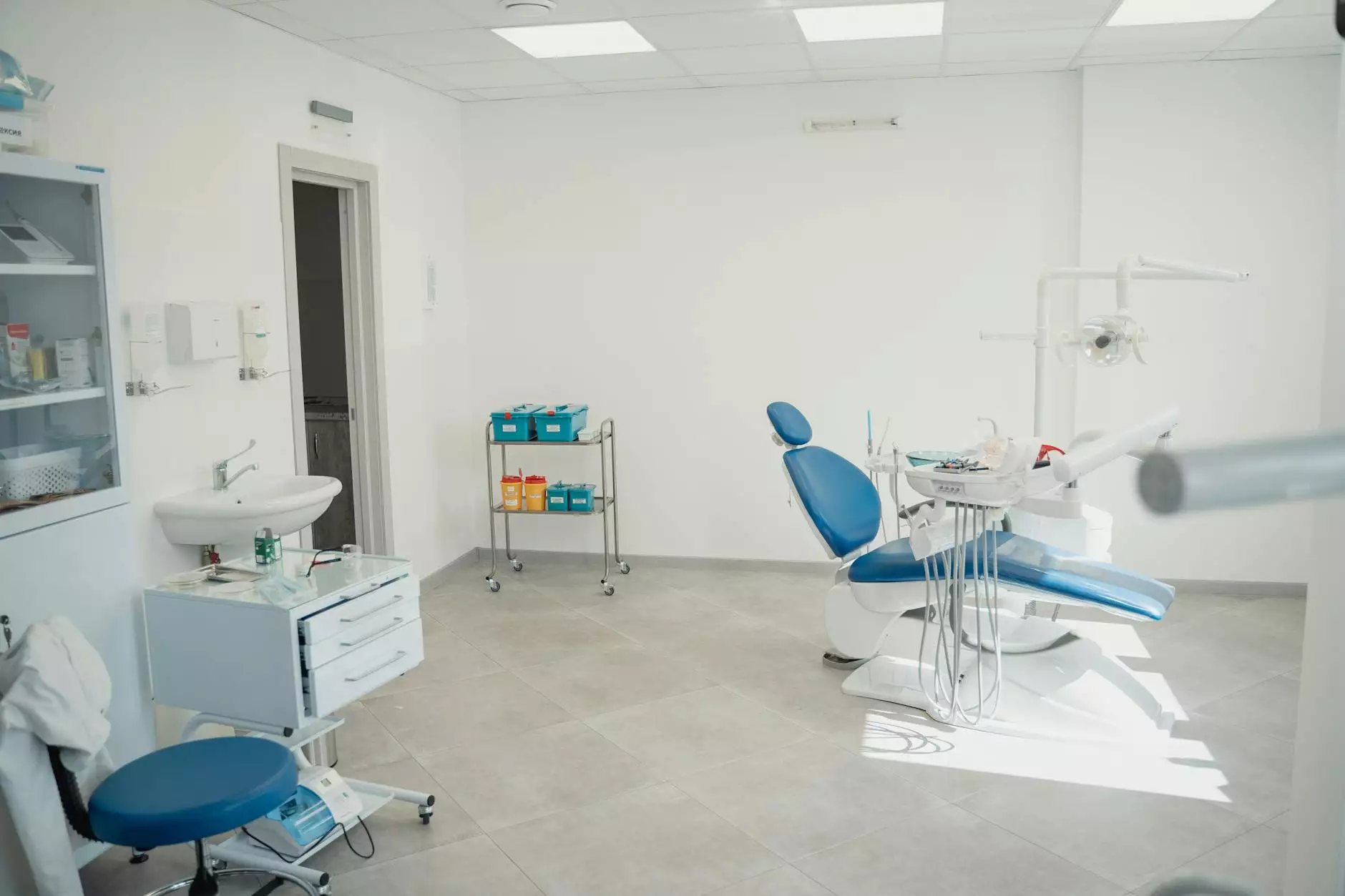Understanding Hysterectomy Procedure Options for Women's Health

The decision to undergo a hysterectomy, a surgical procedure that involves the removal of the uterus, can be daunting. Understanding the various hysterectomy procedure options available is essential for women who may be considering this surgery. This article delves into what hysterectomy entails, the types of procedures available, and the factors to consider when making this crucial health decision.
What is a Hysterectomy?
A hysterectomy is a significant surgical procedure that removes a woman’s uterus. It can be performed for various reasons, including but not limited to:
- Uterine fibroids
- Endometriosis
- Uterine prolapse
- Abnormal bleeding
- Cancer of the uterus, cervix, or ovaries
This surgical treatment can lead to permanent infertility, so it’s crucial to consider all options and implications thoroughly.
Types of Hysterectomy Procedures
There are several hysterectomy procedure options, each tailored to the individual needs of the patient. Understanding these variations can help in making an informed choice.
1. Total Hysterectomy
A total hysterectomy involves the removal of the uterus along with the cervix. This is one of the most common types of hysterectomies and is often recommended when there are significant concerns regarding conditions like cancer.
2. Subtotal (Partial) Hysterectomy
A subtotal hysterectomy, also known as a partial hysterectomy, removes the upper part of the uterus but leaves the cervix intact. This option is typically considered for conditions that affect only the uterus, allowing for some preservation of cervical functions.
3. Radical Hysterectomy
A radical hysterectomy, the most extensive surgery, involves the removal of the uterus, cervix, surrounding tissue, and often part of the vagina. This procedure is mostly performed in cases of gynecological cancers to ensure that cancerous cells are entirely removed.
4. Laparoscopic Hysterectomy
A laparoscopic hysterectomy is a minimally invasive procedure that utilizes small incisions and a camera to guide the surgeon through the operation. This method commonly results in quicker recovery times, reduced pain, and less scarring compared to traditional open surgeries.
5. Robotic-Assisted Hysterectomy
Similar to laparoscopic hysterectomy, a robotic-assisted hysterectomy employs robotic systems for precision. Surgeons operate robotic arms to perform the surgery while seated at a console. This innovative method offers excellent visualization and precision, minimizing complications.
Reasons for Hysterectomy
Women might be advised to consider hysterectomy procedure options for several medical reasons, including:
- Chronic Pain: Conditions like endometriosis can cause severe pain that may not respond to other treatments.
- Heavy Menstrual Bleeding: Severe fibroids or other conditions can lead to excessive bleeding, making hysterectomy a viable option.
- Prolapse: Uterine prolapse occurs when the uterus descends into the vaginal canal, causing discomfort and other issues.
- Cancers: The presence of cancerous cells in reproductive organs necessitates a radical approach for patient safety.
Preparing for a Hysterectomy
Once a decision has been made, preparation becomes essential. Here are key steps to consider:
Consultation
Consultation with a healthcare provider specializing in women’s health is the first step. Discussing your medical history, symptoms, and concerns will help identify the most appropriate type of hysterectomy. A thorough examination and necessary imaging tests will be scheduled.
Preoperative Evaluation
Your doctor will conduct a comprehensive evaluation, possibly including blood tests and imaging tests like ultrasounds or MRIs, to better understand your condition and plan for the surgery.
Preoperative Instructions
The healthcare provider may give specific preoperative instructions, such as:
- Avoiding certain medications like blood thinners
- Maintaining a healthy diet
- Arranging for help during recovery
What to Expect During the Hysterectomy Procedure
The actual procedure can vary based on the type of hysterectomy being performed. Generally, hysterectomies are done under general anesthesia, and the surgery can take from one to several hours depending on complexity. Surgical teams will monitor the patient’s vital signs throughout the operation.
Postoperative Care and Recovery
Recovery from a hysterectomy varies by the type of surgery performed but generally involves:
1. Hospital Stay
Patients usually stay in the hospital for one to three nights depending on their individual cases and recovery progress. Those undergoing laparoscopy may leave the hospital the same day.
2. Pain Management
Managing pain post-surgery is crucial. Doctors commonly prescribe pain relief medications and offer advice on methods to alleviate discomfort.
3. Monitoring for Complications
Watch for signs of complications, such as infection, excessive bleeding, or unusual pain, and communicate these symptoms to healthcare providers promptly.
4. Activity Restrictions
Most patients are advised to avoid strenuous activities, including heavy lifting and high-impact exercises, for several weeks. Gradually reintroducing activities is typically recommended.
Emotional and Psychological Considerations
Understanding the emotional and psychological impact of a hysterectomy is as important as the physical aspects. It is common to experience a range of emotions before and after surgery, including relief, sadness, or uncertainty, particularly regarding fertility and hormonal changes.
Long-Term Effects of Hysterectomy
While many women experience significant relief from symptoms post-hysterectomy, it is essential to discuss potential long-term effects:
- Hormonal Changes: If the ovaries are removed (oophorectomy), women may experience symptoms of menopause.
- Risk of Prolapse: Even after a hysterectomy, there is still a risk of pelvic organ prolapse.
- Psychological Impact: Emotional support through therapy or support groups can be beneficial.
Conclusion: Making an Informed Decision
Choosing to undergo a hysterectomy is a significant decision that warrants careful consideration of all hysterectomy procedure options. Discussing potential benefits, risks, and lifestyle changes with your healthcare provider can empower you to make the best choice for your health. Each woman's journey is unique, and it’s essential to prioritize your well-being. Engaging with specialists like those at drseckin.com can provide valuable insights and support throughout this transformative process.









